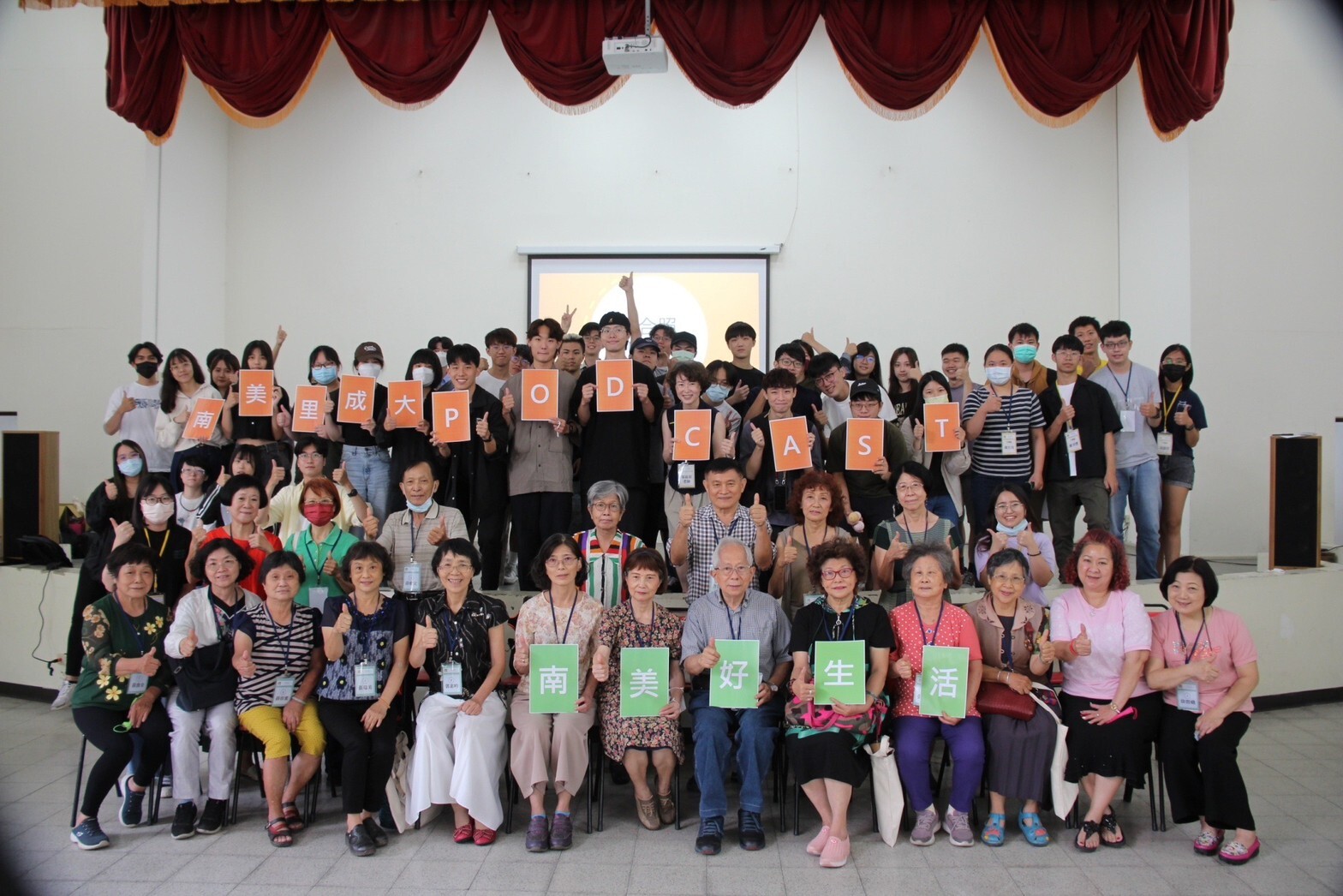"Dialogue between Light Art and Architecture": NCKU's Historic Museum illuminates memories, conveying happiness and beauty.
As night fell, Vice President Yuh-Neu Chen, Assistant Vice President Ping-Sheng Wu, Director General of Tainan City Cultural Affairs Bureau Shi-Yuan Xie, Dean of the College of Science Chin-Chun Tsai, Dean of the College of Engineering Chyan-Deng Jan, Dean of the College of Liberal Arts Shin-Mei Kao, Director of the Department of History Hsing-Chuan Tsai, and representative of TONS, Manager Yi-Zhen Zhan, as well as alumni Zhong-Wei Zhang and Yi-Zhang Chen, participated in the lighting ceremony. In a moment, the Historic Museum lit up with understated and restrained light and shadow, emitting a soft and warm glow that harmonizes with the surrounding cultural environment, as if conveying the beautiful memories of the two alumni and the flourishing future wishes from the lighting company.
Vice President Yuh-Neu Chen, representing President Meng-Ru Shen, expressed gratitude to alumni Zhong-Wei Zhang and Yi-Zhang Chen for their successful careers and their contributions to the university. She noted that the area from Small West Gate to Li Xian Building in the Guangfu Campus is home to many important historical sites and buildings, making it a corridor of humanities and arts for NCKU. The Historic Museum is like a pearl on this corridor. With the addition of light art, the warmth, depth, and connotation of the architecture itself are further enhanced, making the humanities and arts corridor of NCKU brighter and warmer, embodying NCKU's spirit of "lighting up wisdom and achieving common good." Vice President Yuh-Neu Chen then presented certificates of appreciation to alumni Zhong-Wei Zhang, Yi-Zhang Chen, and TONS, wishing them continued success in their careers.
Zhong-Wei Zhang, now Vice General Manager of StrongLED and Manager of TONS, revealed that despite being in society for many years, he still cherishes his alma mater and fondly remembers the beauty of life in Tainan. He also met his life partner on campus and has always hoped to contribute to his alma mater. Being in the lighting industry, he understands the effects of light and ambiance on visual perception. Seeing the significant development of architectural lighting in northern Taiwan, he was inspired to donate light art to NCKU, both to promote the development of architectural lighting in southern Taiwan and to express his affection for his alma mater. This idea received strong support from TONS and the endorsement of his fellow alumnus Yi-Zhang Chen, who took charge of the lighting design and planning, leading to the realization of this donation.
Yi-Zhang Chen stated that lighting art is achieved through rational design to produce sensory results, achieving the best visual images. The purpose is to express different aesthetics of space after sunset through light intervention, bringing new possibilities. He hopes that everyone will have the opportunity to visit the Historic Museum at night and experience the new ambient atmosphere brought by light, hoping that the light art seed planted on the NCKU campus will bring more echoes.
Representative Yi-Zhen Zhan of TONS stated that after the company's top management learned about Zhong-Wei Zhang's wish, they fully supported it, saying, "If you're going to do it, do it the best." The donated lighting equipment and hardware all adhere to the highest standards. Many NCKU alumni in the company participated in this donation, reflecting their pride in NCKU.
The transformation of the lighting environment of the Historic Museum covers indoor exhibition spaces, the exterior of the building, and outdoor landscapes. On the premise of respecting the environment and harmonizing with it, various lighting techniques such as floodlights, ceiling lights, landscape lights, linear lights, tree lights, and wall washers are used to perfectly integrate lighting technology with architectural aesthetics, reshaping the night-time expression of light and ambiance. According to NCKU, the lighting environment of the Historic Museum is turned on from 18:00 to 21:30 every day. During this period, the lights gradually dim in three stages to reduce the impact on the surrounding ecology: fully on from 18:00 to 19:30, tree lights off from 19:30 to 20:30, floodlights and linear lights off from 20:30 to 21:30, and all off at 21:30.
The Historic Museum of NCKU is located in the Kuang-Fu Campus, adjacent to Cheng Kung Lake and Small West Gate. It has a history of nearly a hundred years. Originally a military warehouse during the Japanese colonial period, it was also the library of the College of Liberal Arts. It officially opened to the public on November 11, 1976, the same day as the university's anniversary celebration. In 2017, the Historic Museum was transformed into a humanities interdisciplinary venue, not only hosting collaborative exhibitions inside and outside the university but also serving as an interactive space for interdisciplinary teaching, a convergence point for university, city, and industrial innovation.
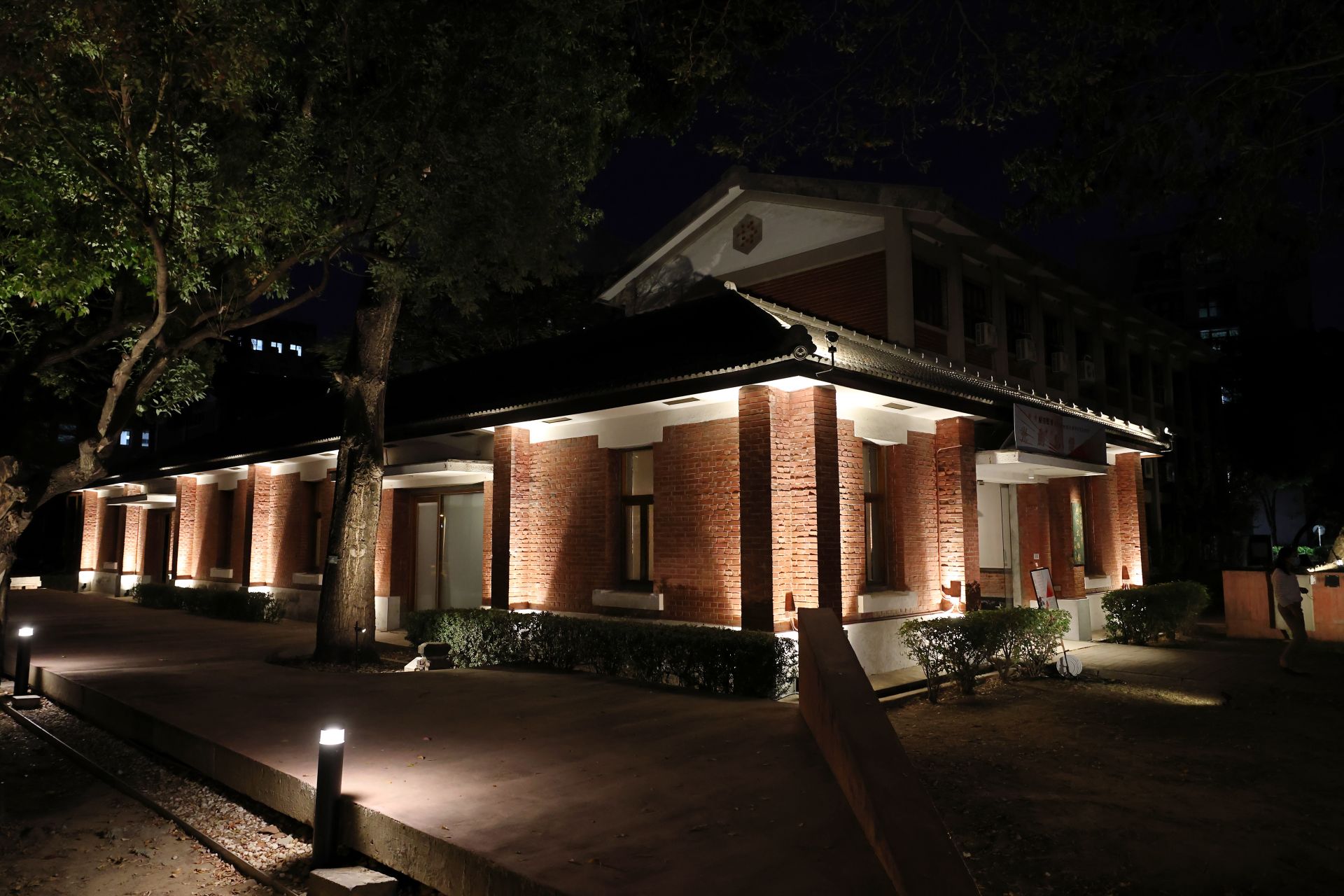
The historic museum exudes a warm glow of light and shadow during the night, creating an enchanting ambiance.
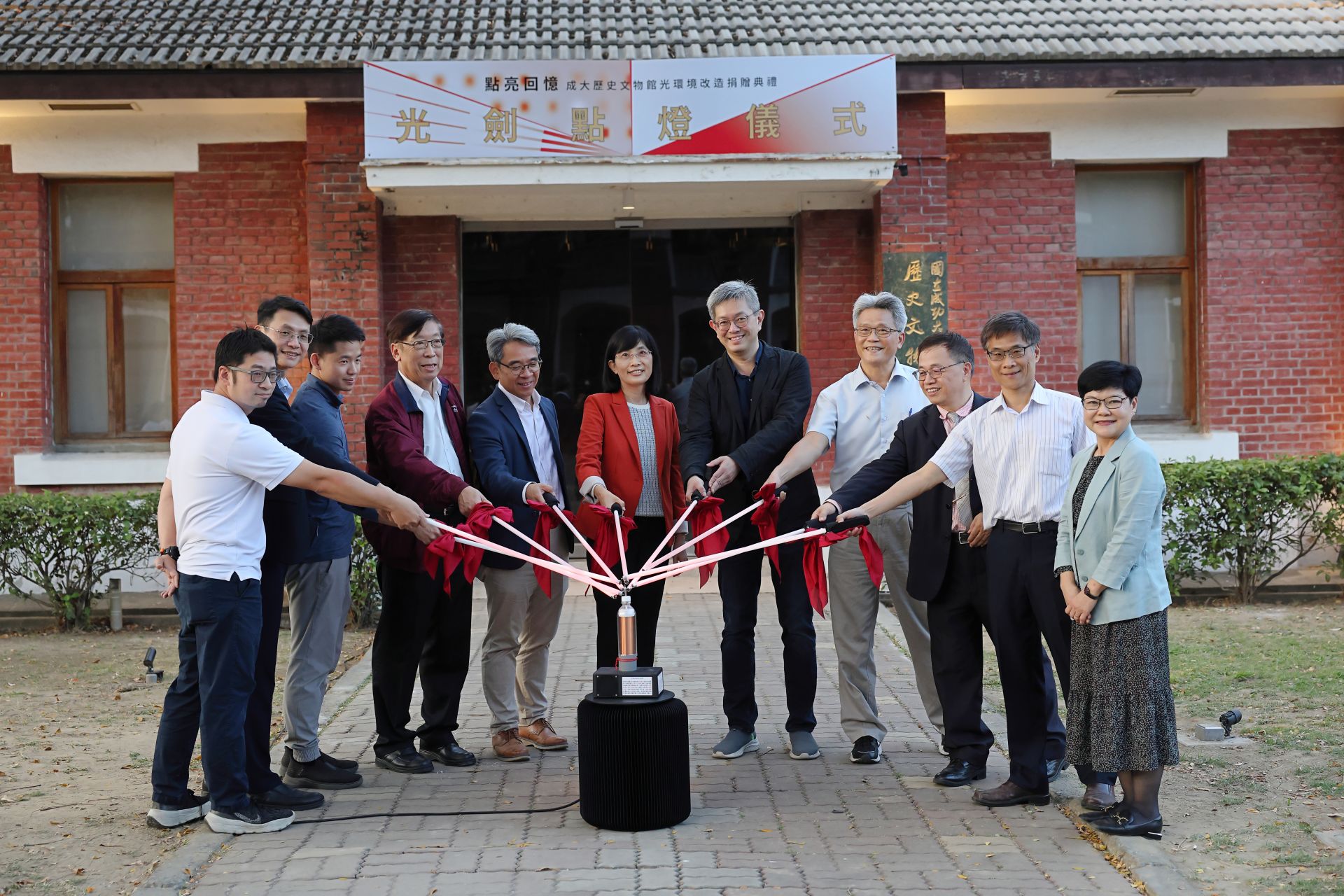
Deputy Vice President Yuh-Neu Chen-Nu (center) and distinguished guests jointly inaugurate the "Historic Museum" light art installation.
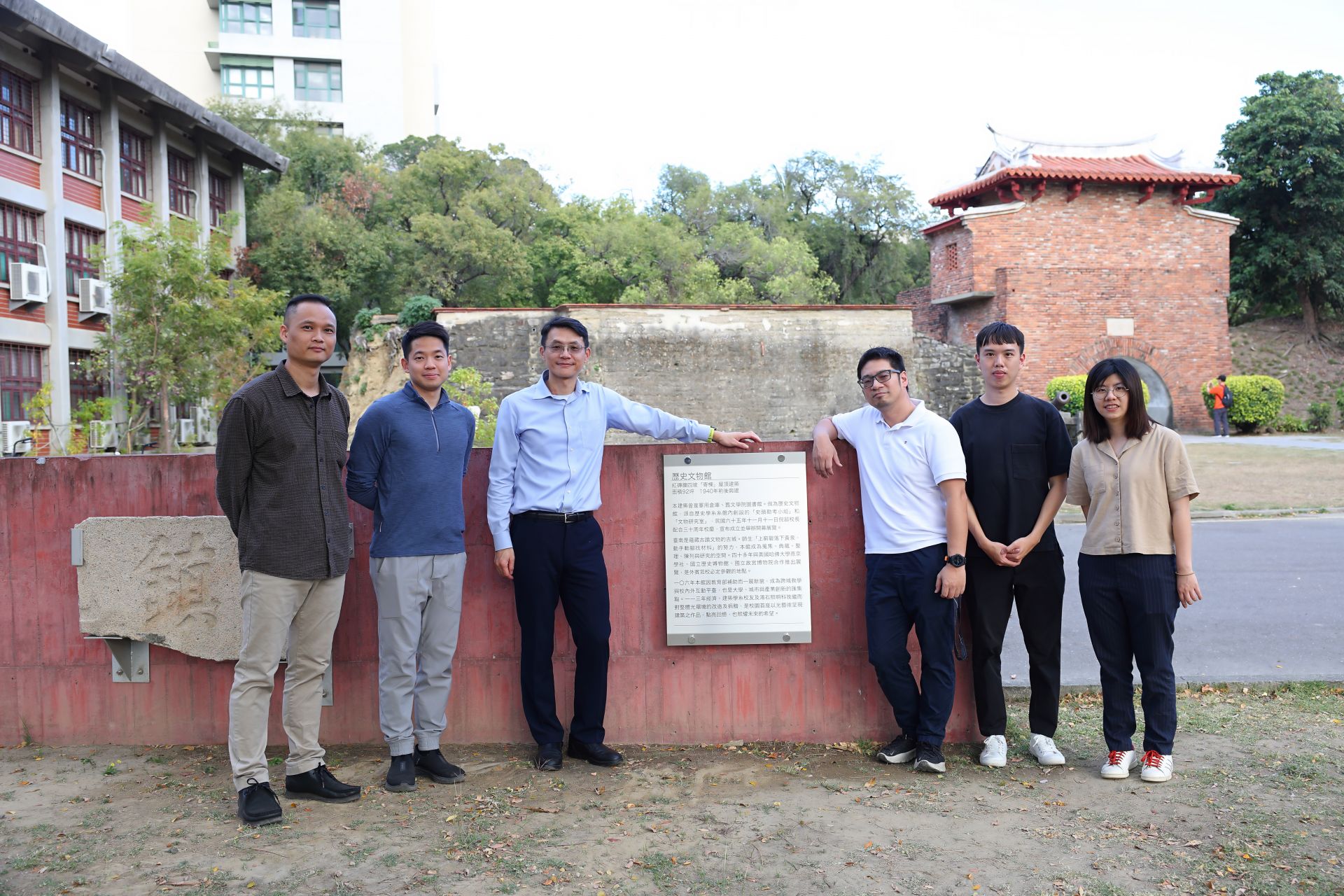
In front of the plaque at the Historic Museum, alumni from the Class of '102, Zhong-Wei Zhang (second from the left), and from the Class of '93, Yi-Zhang Chen (third from the right), along with the representative of TangShi Lighting Technology, Manager Yi-Zhen Zhan (third from the left), pose for a group photo.
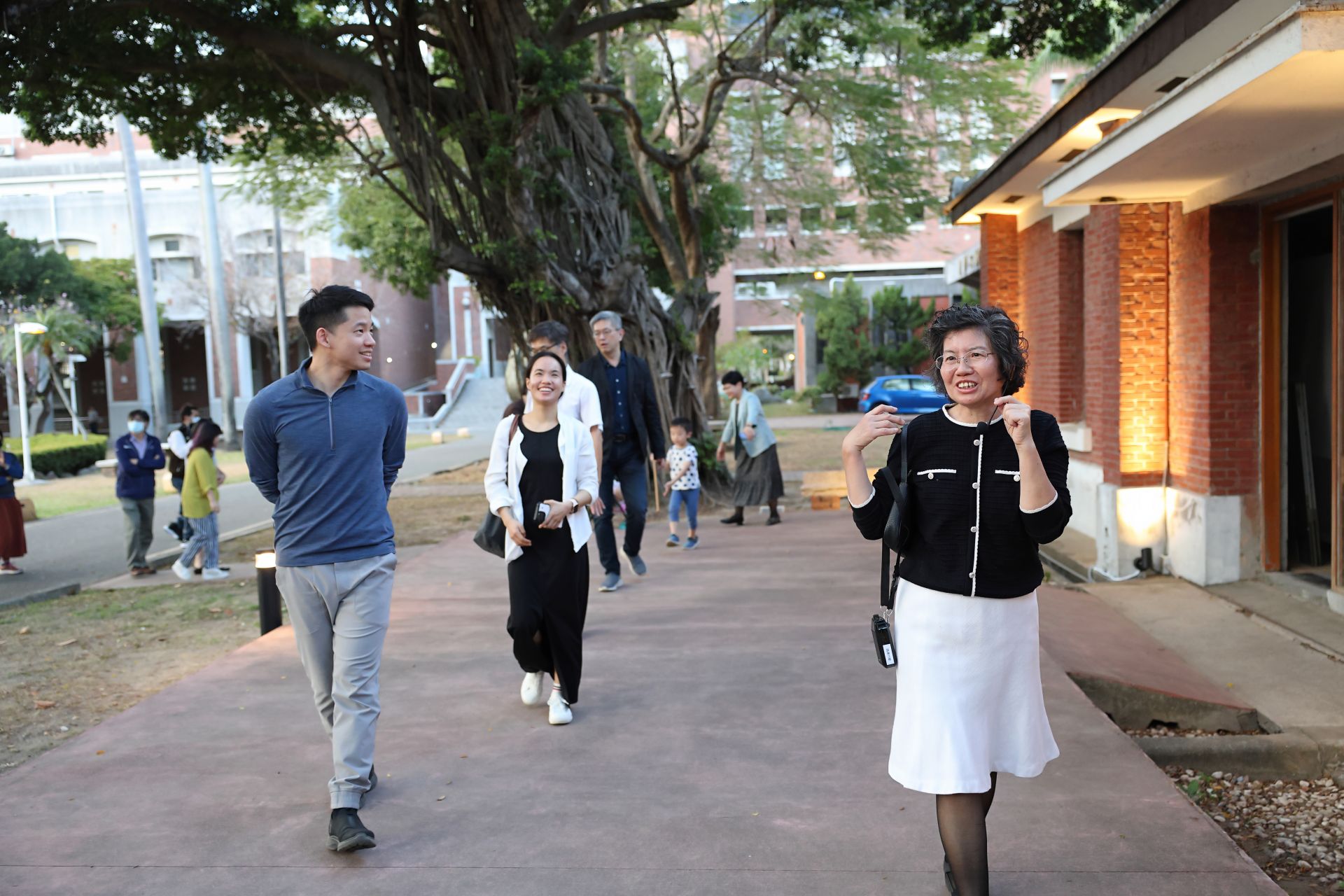
History Department Chairperson Hsing-Chuan Tsai (front) guides guests through the Historic Museum.
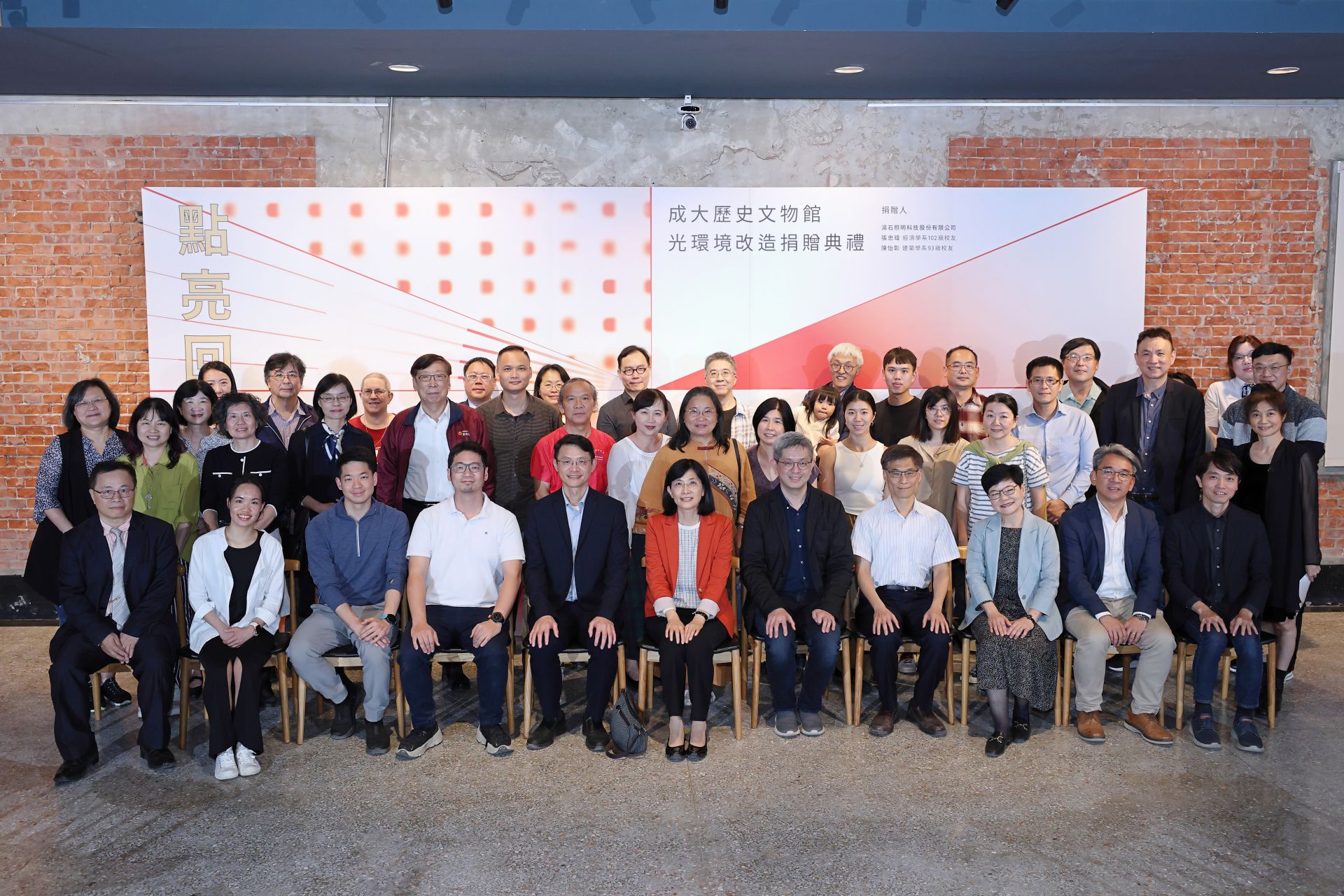
A group photo featuring all attendees.
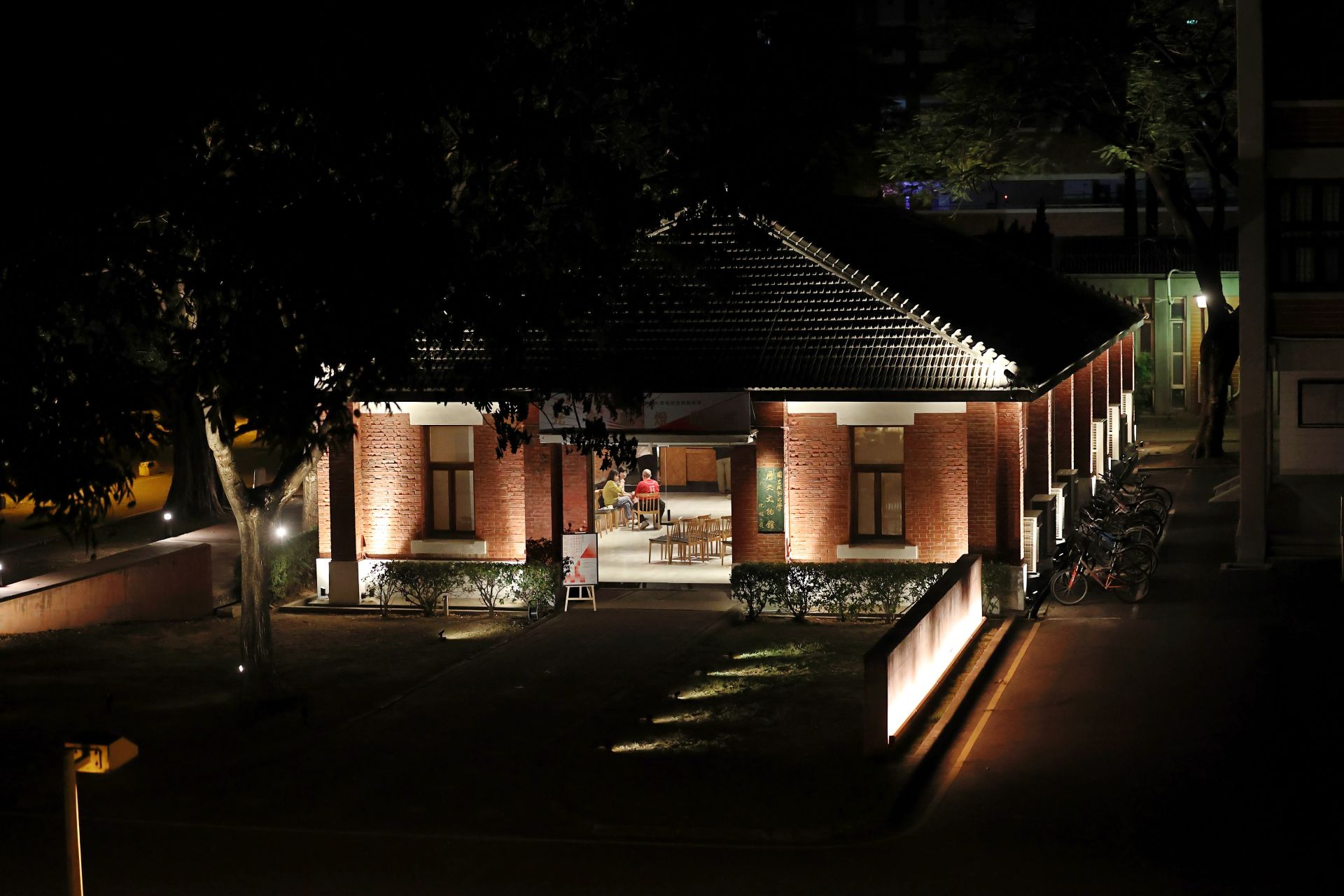
The lighting ambiance of the Historic Museum harmoniously blends with its surroundings, creating an immersive atmosphere.

SDG11300 Years of Tainan: NCKU's "Art and Architecture" Exhibition Links History with Contemporary Art
View more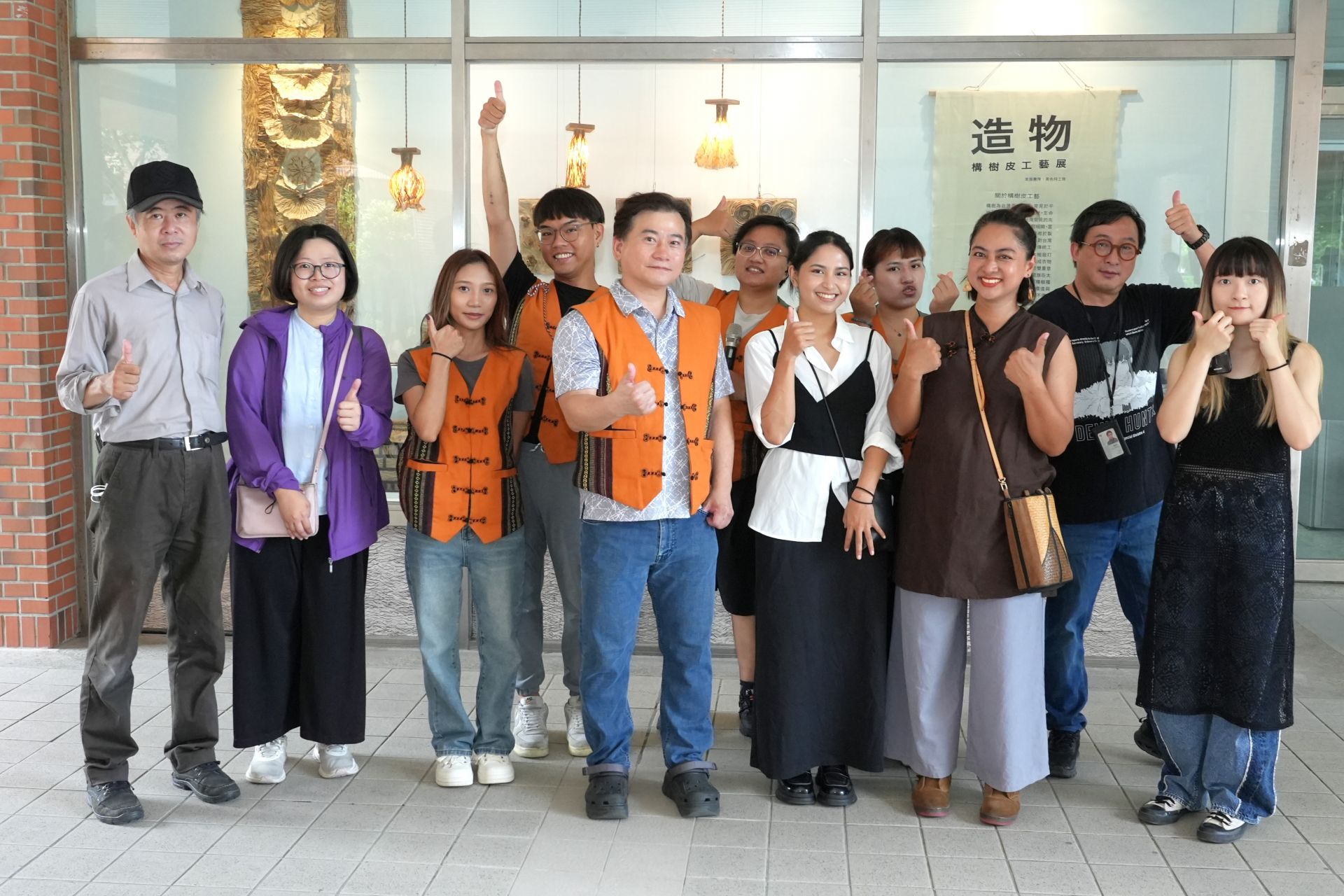
SDG11The 5th Indigenous Arts Showcase featuring paper mulberry bark crafts is on display at NCKU Kuang-Fu Campus until August 29
View more